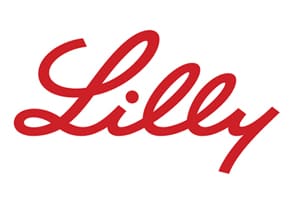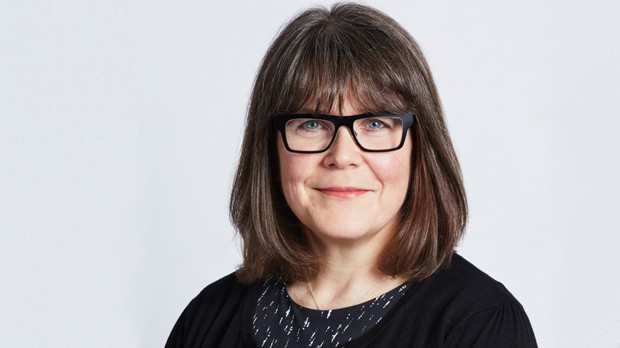
Thousands of women with advanced breast cancer could get access to treatment with Eli Lilly’s CDK 4/6 inhibitor Verzenio, after NICE backed its use via the Cancer Drugs Fund (CDF).
The cost-effectiveness watchdog has opted to make Verzenio (abemaciclib) plus fulvestrant available to around 4,800 women with hormone receptor (HR) positive, HER2-negative breast cancer which has spread to other parts of the body, provided they have already received endocrine treatment.
The approval sets Verzenio up as a second-line option after other drugs in the CDK 4/6 inhibitor class – including Verzenio itself as well as Novartis’ Kisqali (ribociclib) and Pfizer’s Ibrance (palbociclib) – which have previously been approved for first-line use in HR-positive, HER2-negative advanced breast cancer.
Professor Andrew Wardley, director of systemic anticancer therapy at The Christie NHS Foundation Trust, said the CDK 4/6 inhibitors are a “major improvement in the treatment of breast cancer” and the new combination “will allow more people to benefit from an effective treatment and offer more choice to others.”

Baroness Delyth Morgan
The decision has been heartily welcomed by charities Breast Cancer Care and Breast Cancer Now. Their chief executive Baroness Delyth Morgan described it as “absolutely fantastic news and will now open the door for thousands of women who have received prior hormone therapy to benefit from innovative CDK 4/6 inhibitors, which until now had only been available to newly-diagnosed patients.”
Verzenio was approved by the EMA last October for the indication cleared by NICE based on interim results of the MONARCH 2 trial, which found that – compared with fulvestrant alone – Verzenio with fulvestrant increased the length of time before the disease progresses.
NICE opted to make funding for Verzenio via the CDF rather than routinely on the NHS because for now “there is a lack of evidence around the overall survival benefit and around its cost-effectiveness.”
Nevertheless, Verzenio plus fulvestrant is the first breast cancer treatment to be recommended for use on the new CDF, which provides a conduit for NICE to conditionally approve promising treatments whilst more data is collected. In this case, NICE is waiting on the final analysis of the MONARCH 2 study is available, which is expected to be available in February 2020.
The green light gives Lilly another step forward in its pursuit of CDK4/6 market leader Ibrance – which grew 46% to $3.1bn last year and is predicted to become a $6bn product at peak by EvaluatePharma – as well as Novartis’ second-to-market CDK4/6 inhibitor Kisqali (ribociclib).
Analysts have suggested that Verzenio and Kisqali will both be posting sales upwards of $1bn a year within the next two to three years.
NICE notes in its guidance that Verzenio and fulvestrant will be an option “where exemestane plus everolimus would be the most appropriate alternative treatment.”
On that point, Baroness Morgan said that as everolimus with exemestane is considered by NICE to be the most effective existing treatment following hormone therapy, it will already be one of the options for patients.
“This recommendation therefore should not act as a barrier to the use of abemaciclib with fulvestrant in this patient group,” she said, but added that the fact that NICE has had to address this technicality in its recommendation to back the new combination highlights a fundamental issue in its appraisal methodology that needs to be addressed.
“New drugs, and particularly combination therapies, can struggle to be considered cost-effective compared to generic drugs that are widely and cheaply available, and we must ensure the system is fit-for-purpose to appraise modern cancer drugs,” she said.




